
Turns out, eating seasonally is recommended for a reason. The science behind why fall vegetables hit different is that autumn crops are naturally packed higher in certain nutrients that support you through colder months. Your ancestors figured this out centuries ago, but now we know exactly why it works. Here are ten powerhouse vegetables to stock up on now.
Butternut squash
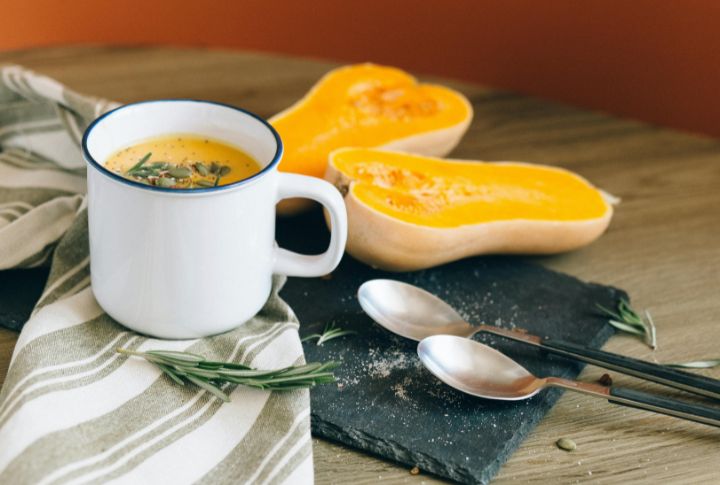
Want a healthy sauce that tastes creamy? Try butternut squash. It blends into smooth, delicious sauces and tastes great in soups, curries, pasta, and casseroles. You’ll also get important nutrients like B vitamins and potassium with every single serving you eat.
Sweet potato
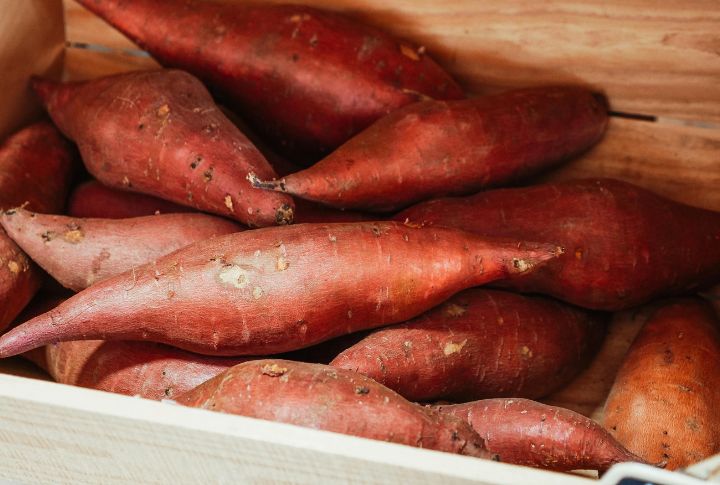
Sweet potatoes are incredibly healthy and easy to cook. Bake them into crispy slices or blend them into smooth hummus. They’re packed with vitamins A and C, as well as healthy carbohydrates. Just one large sweet potato gives you twice the vitamin A you need for the day.
Pumpkin
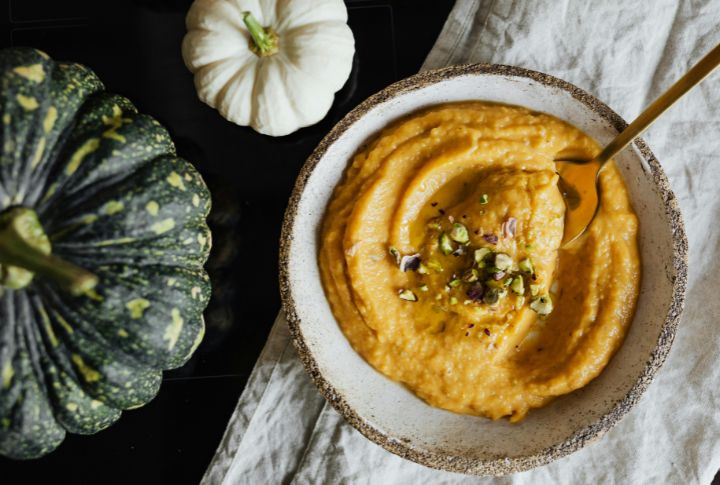
Start by roasting the pumpkin to bring out its natural sweetness, then use it in soups and pancakes. This fall favorite works great in purees and desserts, too. Since pumpkins are rich in beta-carotene, they help maintain eye health along with the rest of your immune system.
Brussels sprouts
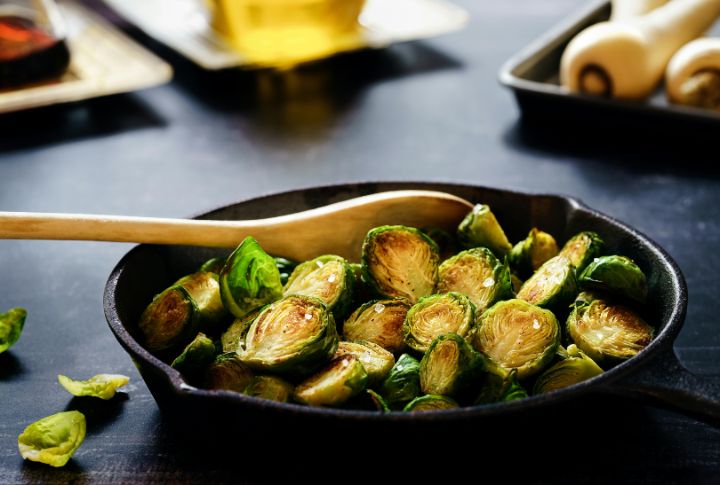
Brussels sprouts in your Thanksgiving dinner are unsurprising. They support good digestion with lots of fiber, they help fight inflammation, plus they’re rich in vitamin C, vitamin K, folate, and potassium. The best way to cook them? Bake them with olive oil until they’re golden, then sprinkle some sea salt.
Carrots
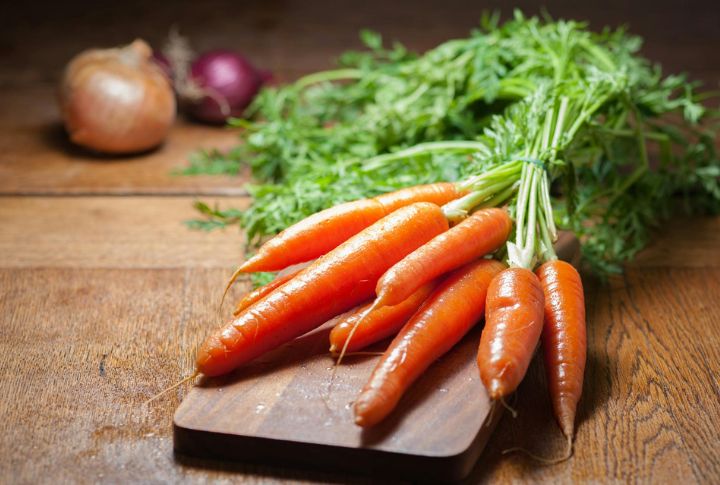
One large carrot gives you nearly a full day’s worth of vitamin A (yup, that’s right). These colorful vegetables are packed with beta-carotene, a powerful antioxidant your body converts into vitamin A. Carrots are also super versatile. Enjoy them raw as a snack or simmered in warm soups.
Kale
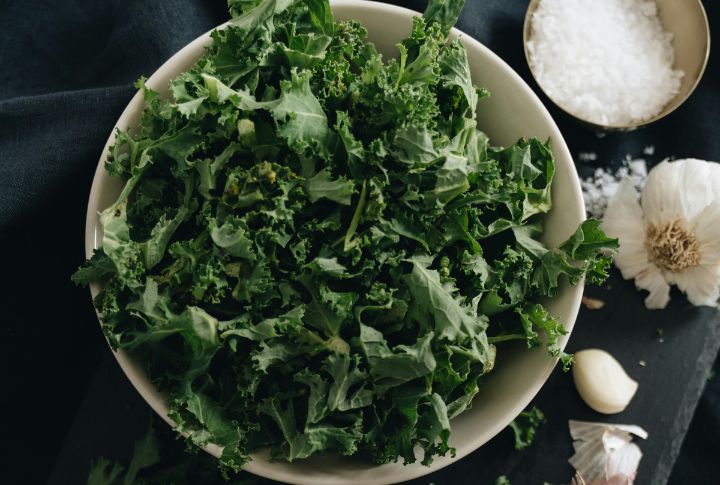
Kale provides you with vitamins K and C, as well as a generous amount of antioxidants, in every bite. That’s why it’s called a superfood. It grows best during cooler months, so you’ll find it fresh and flavorful all fall and winter. You can incorporate it in any dish you like.
Broccoli
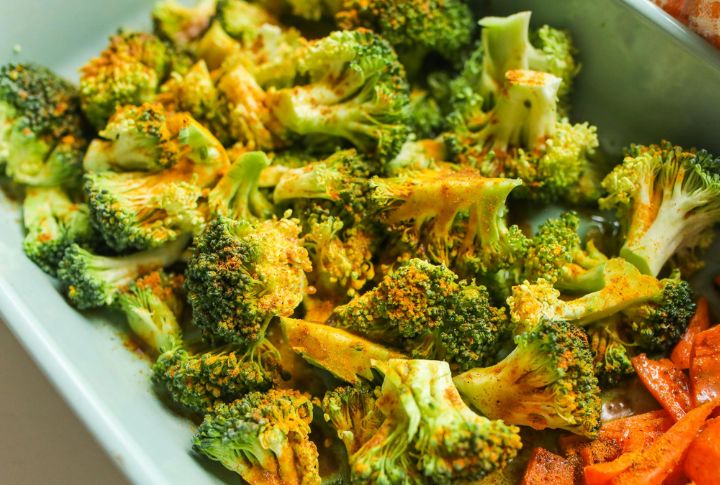
Need better digestion and heart health? Broccoli delivers both with plenty of fiber and essential minerals. This versatile vegetable also contains glucosinolates and antioxidants that fight disease. You can steam it for a quick side, roast it for extra flavor, or toss it raw into salads for maximum crunch.
Beets
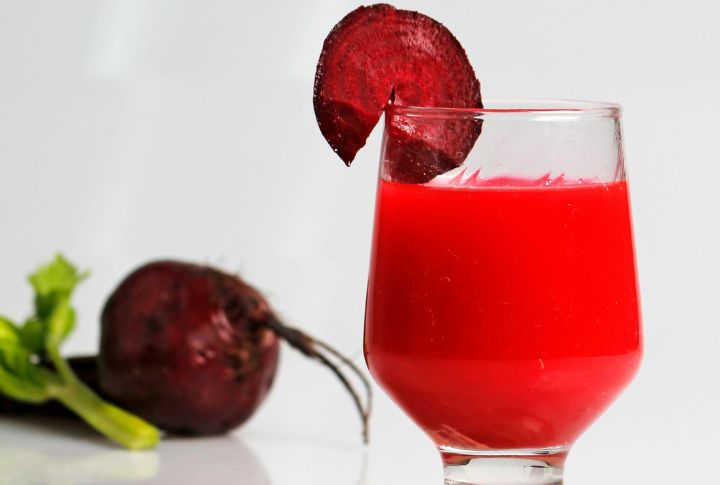
Beets are more than just pretty vegetables. Their deep red color is due to the betalains that help reduce inflammation. Beets also contain nitrates that improve blood flow and lower blood pressure. And did you know that they’re packed with folate and manganese that can even boost your athletic performance.
Cabbage
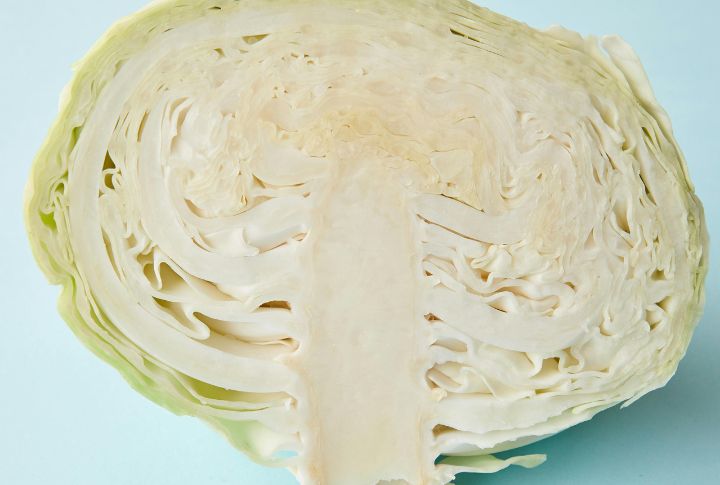
There’s a reason cabbage shows up in so many dishes worldwide. It contains fiber and vitamin C that keep your immune system strong and your digestion healthy. Cultures everywhere have known about its health benefits for a long time, which is why we have foods like sauerkraut or kimchi.
Parsnip
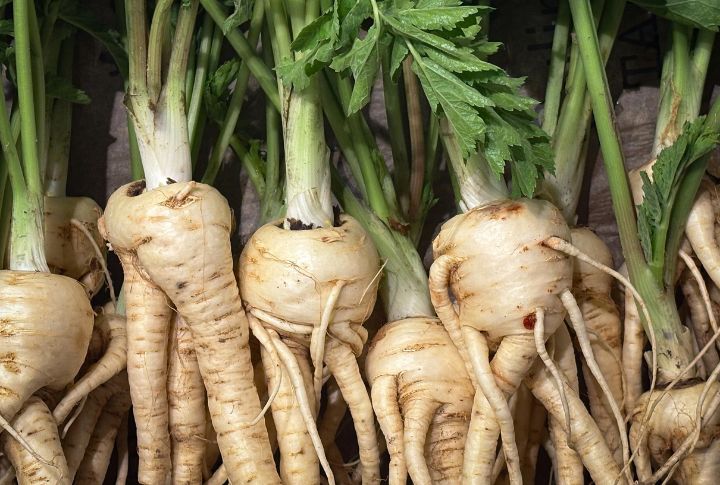
Parsnips give you fiber and vitamin C for immunity and digestion. And unlike some healthy vegetables, these actually taste amazing. They’re naturally sweet with a nutty flavor that deepens when roasted. Drop them in your next soup or stew and you’ll see why they made this list.

